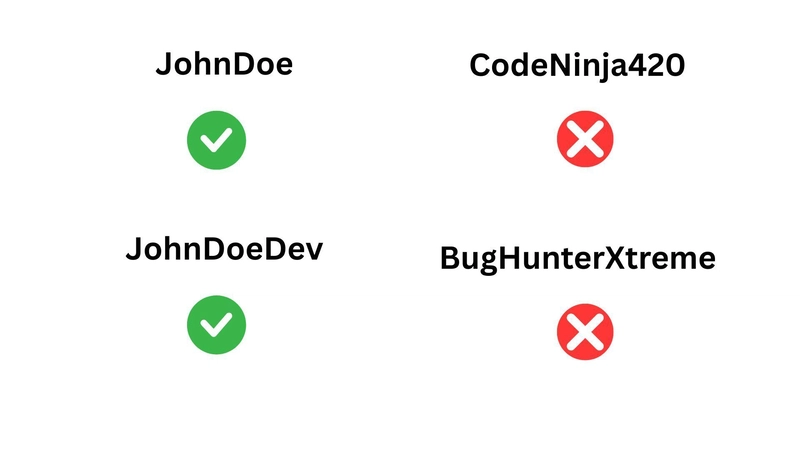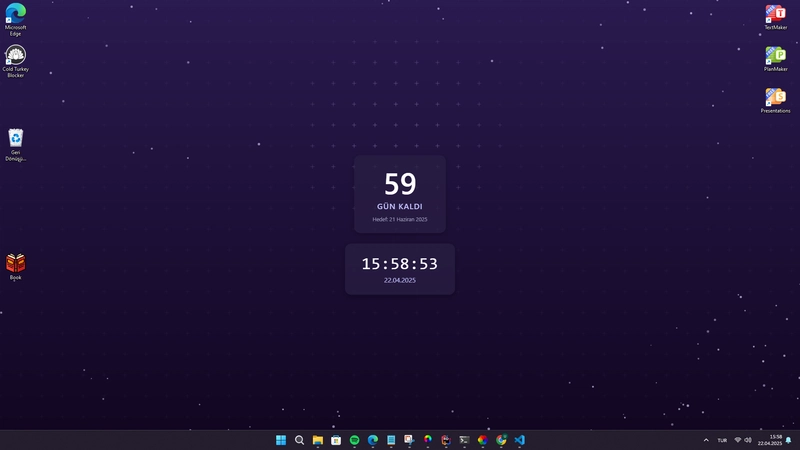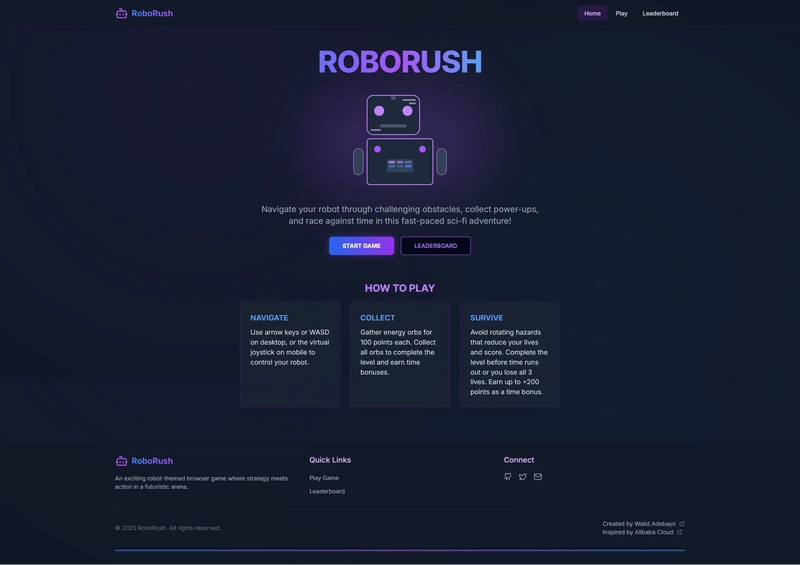Navigating Cybersecurity Frameworks – CISO Resource Guide
The role of the Chief Information Security Officer (CISO) has never been more critical. As organizations face a rapidly evolving threat landscape, CISOs must defend against cyberattacks and ensure compliance with a growing patchwork of regulations and standards. Cybersecurity frameworks have emerged as essential tools, providing structured approaches to managing risk, implementing controls, and aligning […] The post Navigating Cybersecurity Frameworks – CISO Resource Guide appeared first on Cyber Security News.

The role of the Chief Information Security Officer (CISO) has never been more critical. As organizations face a rapidly evolving threat landscape, CISOs must defend against cyberattacks and ensure compliance with a growing patchwork of regulations and standards.
Cybersecurity frameworks have emerged as essential tools, providing structured approaches to managing risk, implementing controls, and aligning security initiatives with business goals.
However, navigating this landscape can be daunting, as there are so many frameworks available, each with its strengths and focus.
Choosing, adapting, and optimizing the proper framework is a leadership challenge that requires technical acumen, strategic vision, and effective communication across the enterprise.
This article is a practical guide for CISOs seeking to leverage cybersecurity frameworks for more substantial, resilient organizations.
Aligning Frameworks with Strategic Objectives
For CISOs, selecting and implementing a cybersecurity framework is not just a compliance exercise it’s a strategic decision that should be closely tied to organizational objectives.
The proper framework enables CISOs to identify and prioritize risks, allocate resources efficiently, and demonstrate value to executive leadership. For example, a global enterprise may favor ISO 27001 for its international recognition and focus on continuous improvement.
At the same time, a U.S.-based critical infrastructure provider may prioritize the NIST Cybersecurity Framework for its risk-based approach and regulatory alignment.
The key is to assess the organization’s unique risk profile, regulatory obligations, and business priorities, then map these factors to the framework’s strengths.
Effective alignment also means translating technical requirements into business language, ensuring stakeholders understand how cybersecurity investments support the company’s mission and growth.
By integrating frameworks into strategic planning, CISOs can foster a culture of security that extends from the boardroom to the front lines.
Five Core Frameworks Every CISO Should Consider
- NIST Cybersecurity Framework (CSF): Widely adopted for its flexibility and risk-based structure, the NIST CSF helps organizations identify, protect, detect, respond to, and recover from cyber threats. Its modular approach makes it suitable for organizations of all sizes.
- ISO/IEC 27001: This international standard provides a comprehensive model for establishing, implementing, maintaining, and continually improving an information security management system (ISMS).
- CIS Critical Security Controls: Focused on practical, prioritized actions, the CIS Controls offer a roadmap for defending against the most common and damaging cyberattacks.
- SOC 2: Essential for service providers, SOC 2 focuses on controls related to security, availability, processing integrity, confidentiality, and privacy, and is often required for doing business with enterprise clients.
- PCI DSS: PCI DSS is mandatory for organizations that handle payment card data. It prescribes detailed technical and operational requirements to protect cardholder information.
Each framework brings unique advantages. For instance, NIST CSF’s functions can be mapped to regulatory requirements, while ISO 27001’s certification process can boost customer confidence.
CISOs may find value in adopting a hybrid approach combining elements from multiple frameworks to address overlapping requirements and tailor controls to their environment.
Regular review and adaptation ensure that the chosen frameworks remain aligned with evolving business goals and threat landscapes.
From Framework to Practice – Leading Implementation and Culture Change
Implementing a cybersecurity framework is a journey that demands more than technical expertise it requires leadership, collaboration, and a commitment to continuous improvement.
CISOs should begin with a thorough risk assessment and a mapping framework for controls for their organization’s assets, processes, and regulatory landscape.
Engaging stakeholders from IT, legal, HR, and business units early in the process builds buy-in and ensures that controls are practical and enforceable.
It’s critical to set clear, measurable objectives for implementation, such as reducing incident response times or achieving specific compliance milestones.
- Leverage automation and analytics to streamline compliance monitoring, incident detection, and reporting, freeing up staff for higher-value activities.
- Foster a security-first culture through ongoing training, awareness campaigns, and recognition of positive security behaviors.
The most successful CISOs treat frameworks as living documents, regularly updating policies and controls to reflect new threats, technologies, and business changes.
They champion transparency, encouraging open communication about risks and lessons learned from incidents. By integrating frameworks into daily operations, not just as checklists, but as part of the organization’s DNA, CISOs can drive sustainable, enterprise-wide resilience.
Ultimately, the journey from framework to practice is about empowering people, optimizing processes, and ensuring security becomes a true business enabler.
Find this News Interesting! Follow us on Google News, LinkedIn, & X to Get Instant Updates!
The post Navigating Cybersecurity Frameworks – CISO Resource Guide appeared first on Cyber Security News.










































































